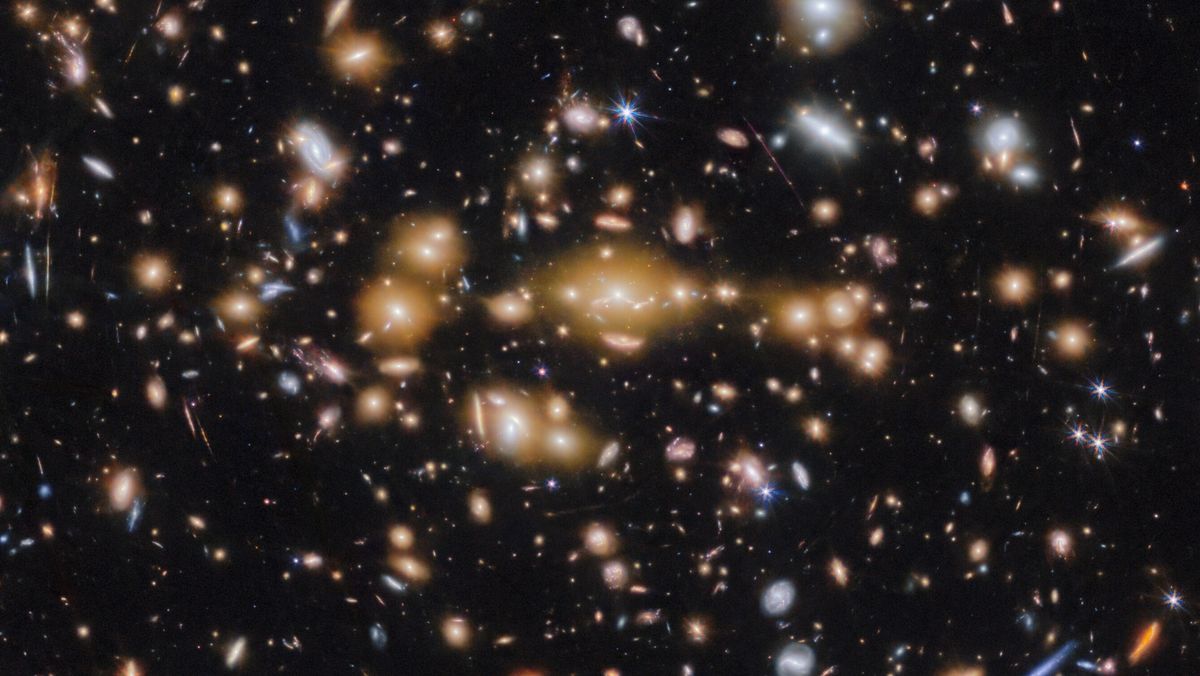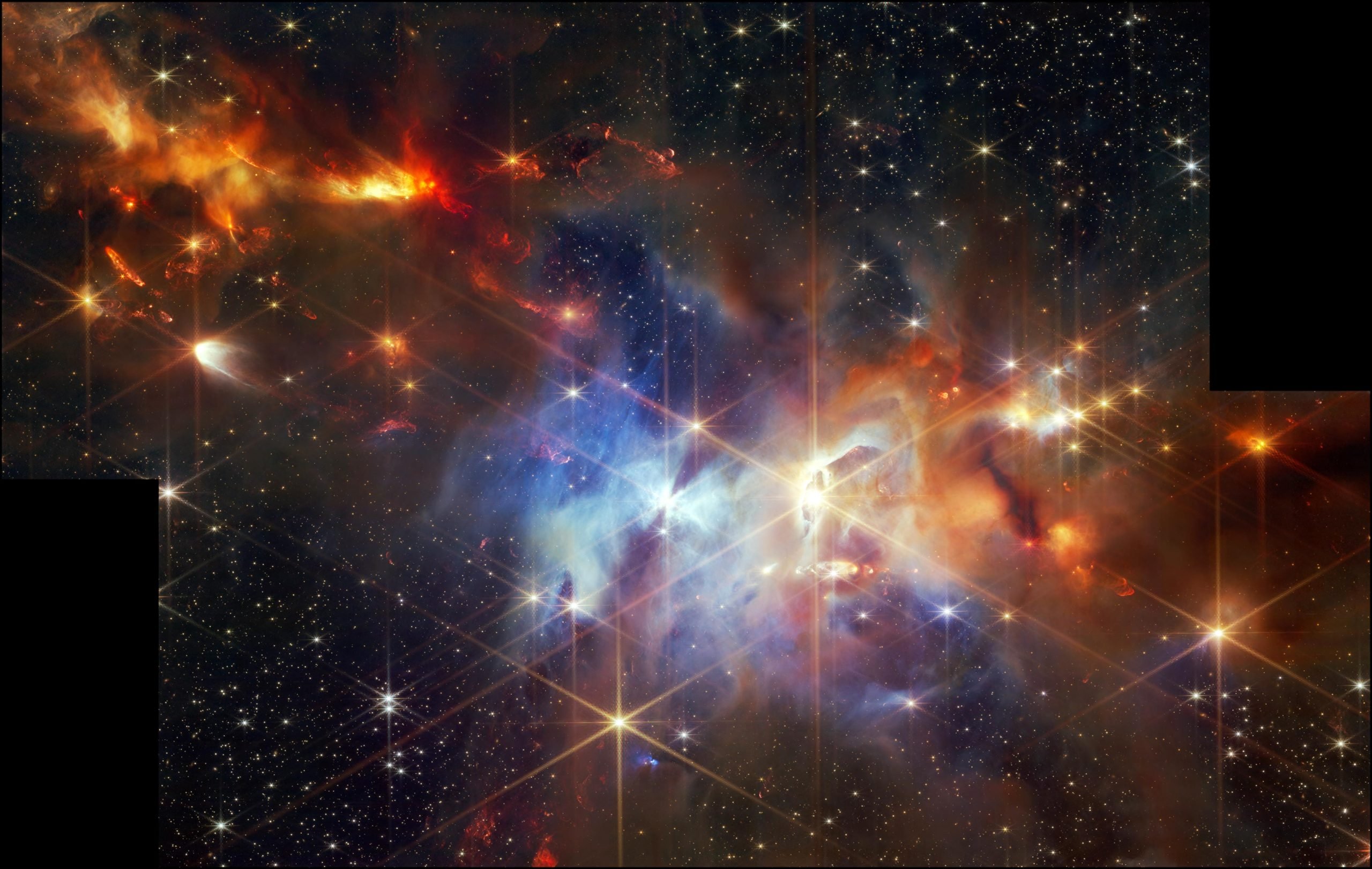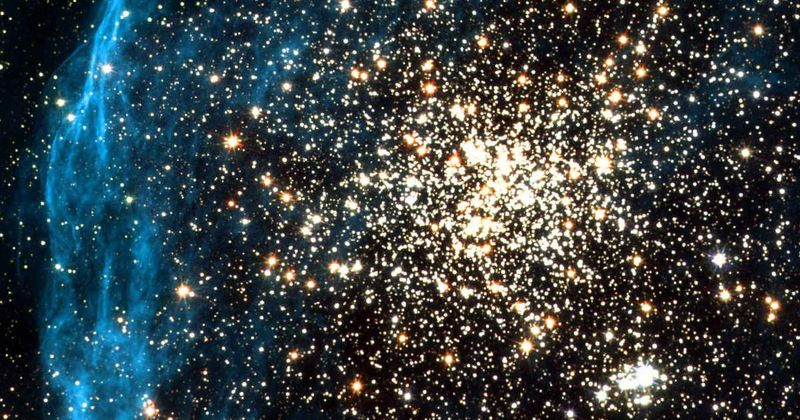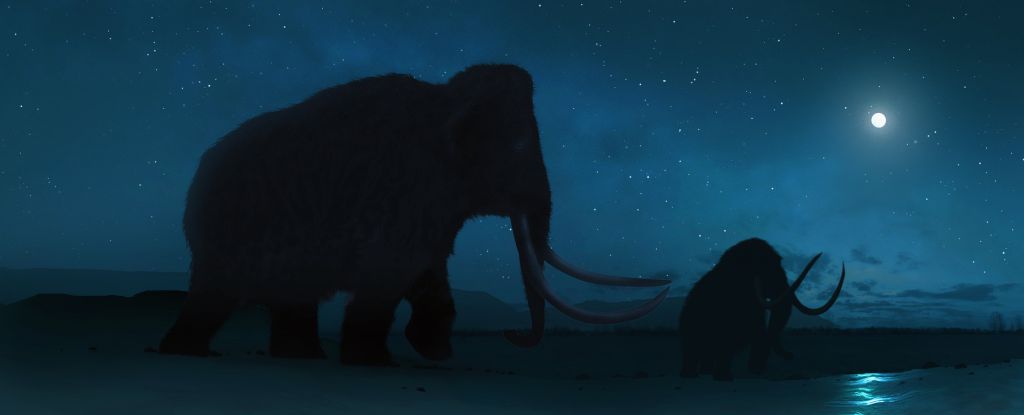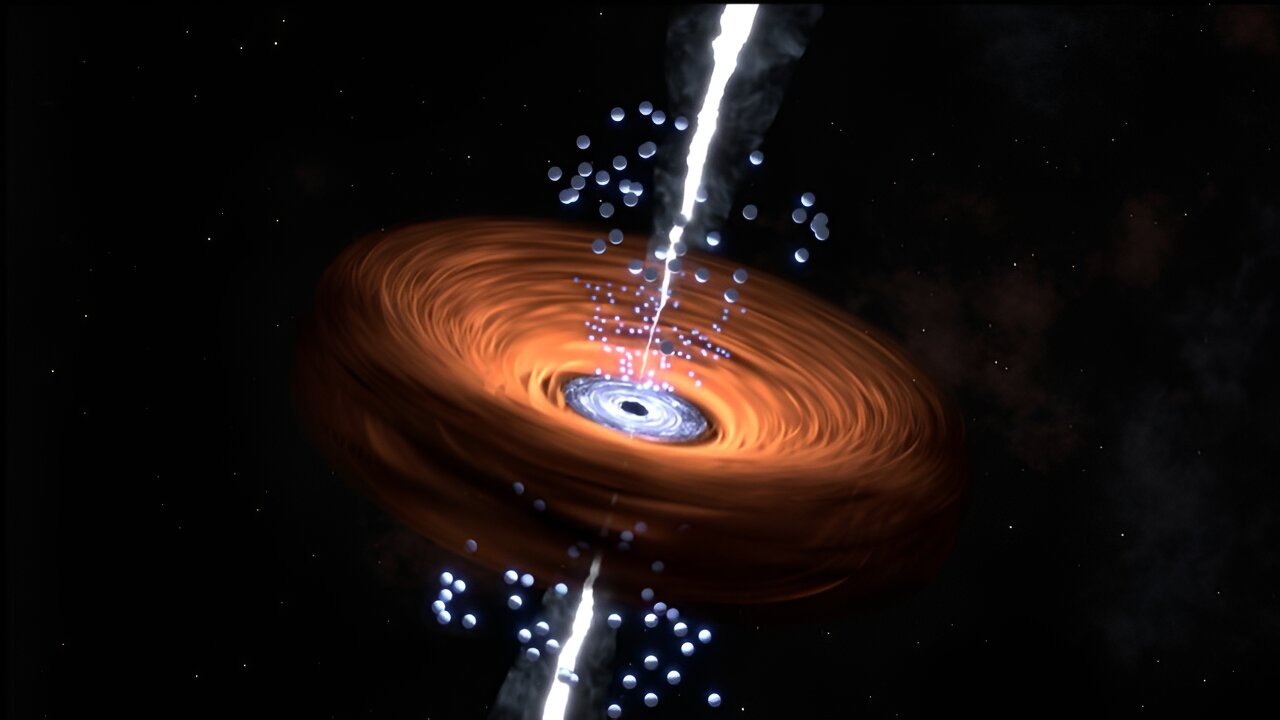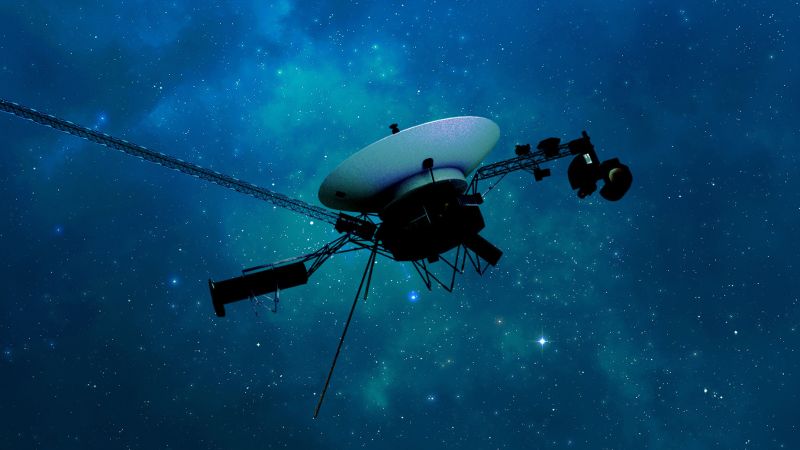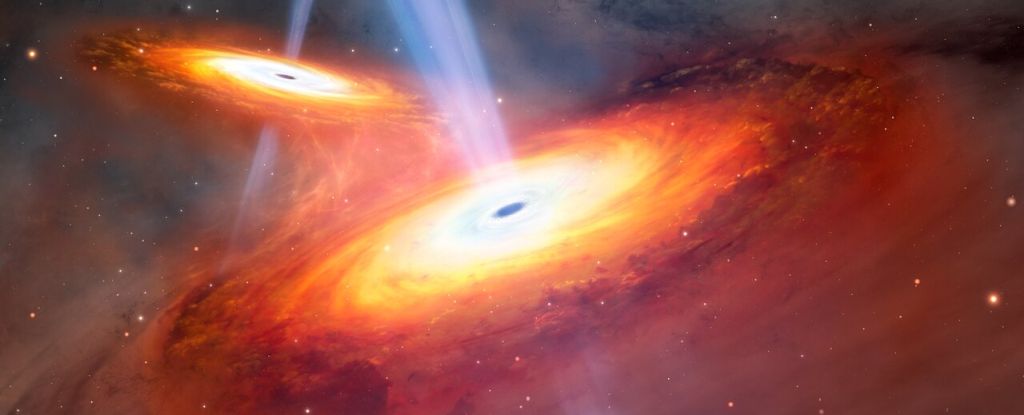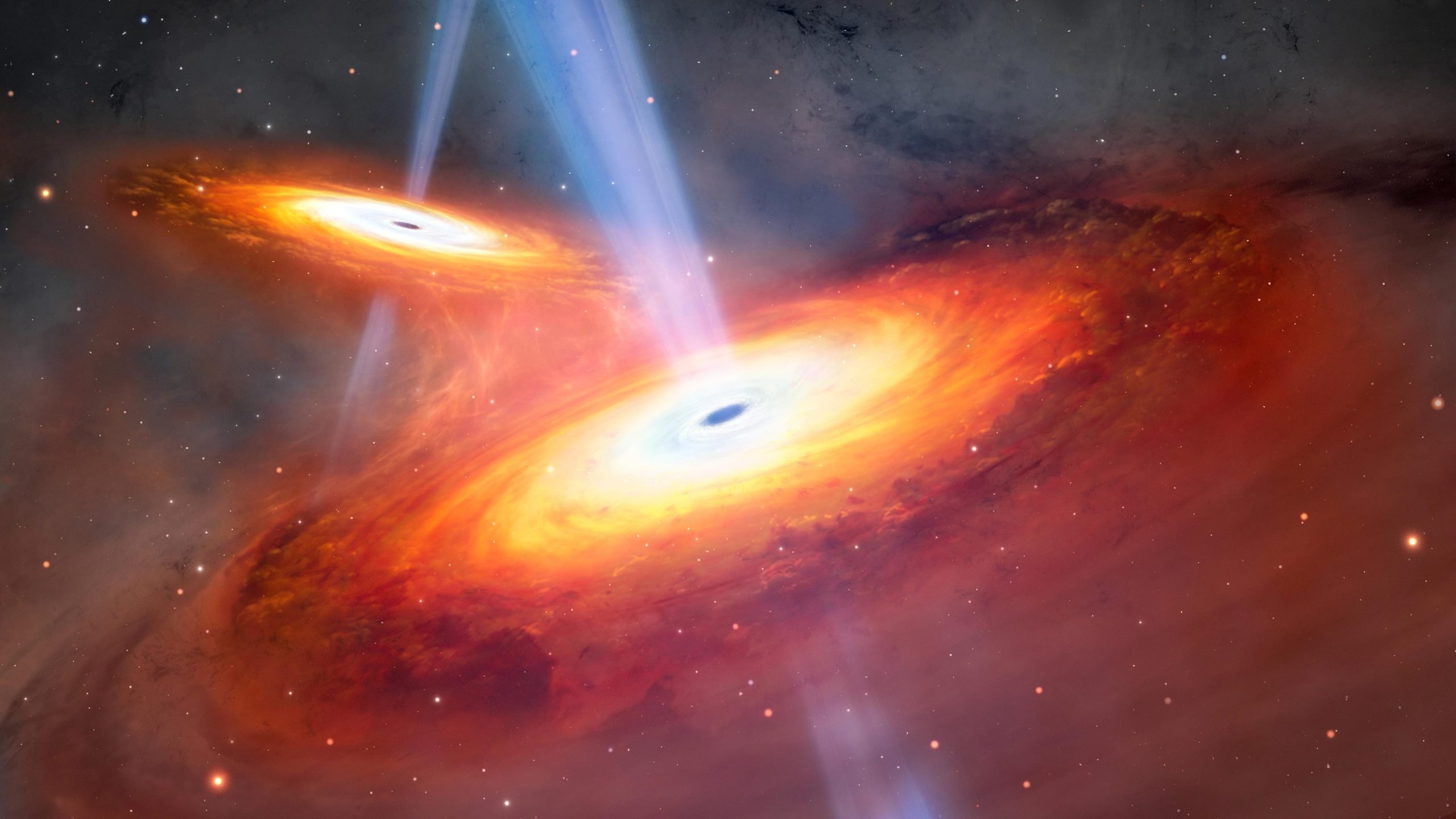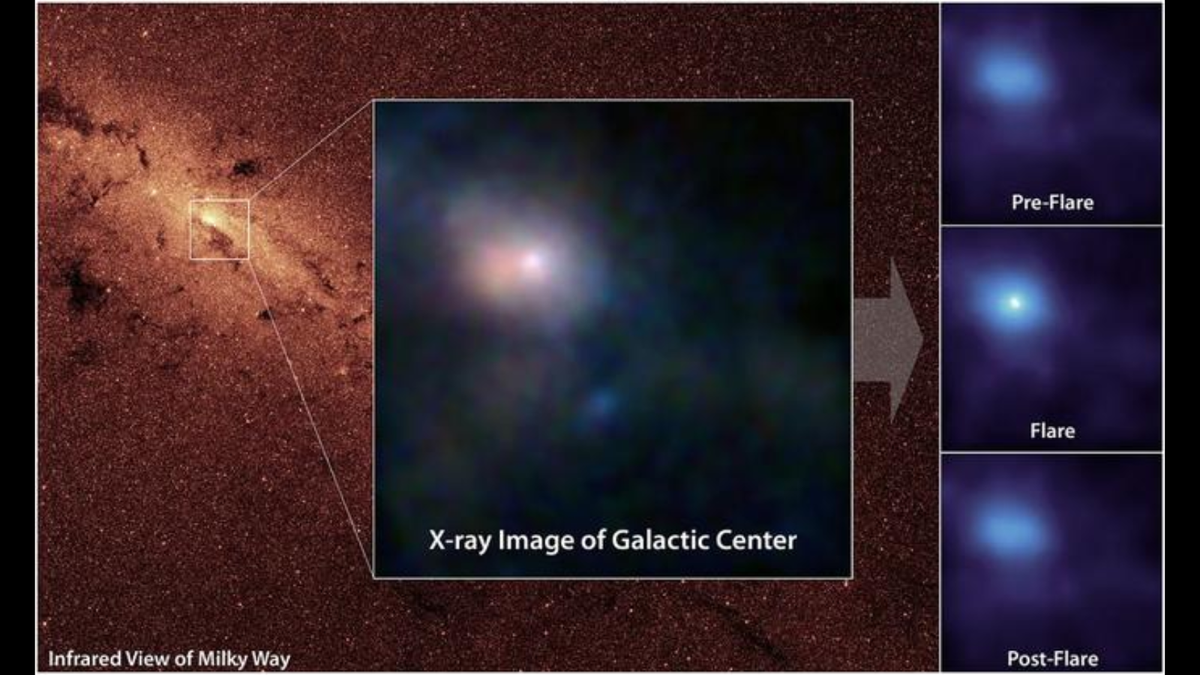‘The early universe is nothing like what we expected’: James Webb telescope reveals ‘new understanding’ of how galaxies formed at cosmic dawn
The James Webb Space Telescope (JWST) has discovered what could be the earliest star clusters in the universe. JWST discovered the five proto-globular clusters – swarms of millions of stars held together by gravity – within the Cosmic Gems arc, a galaxy that formed just 460 million years after the Sun’s birth. Big bang. The … Read more
